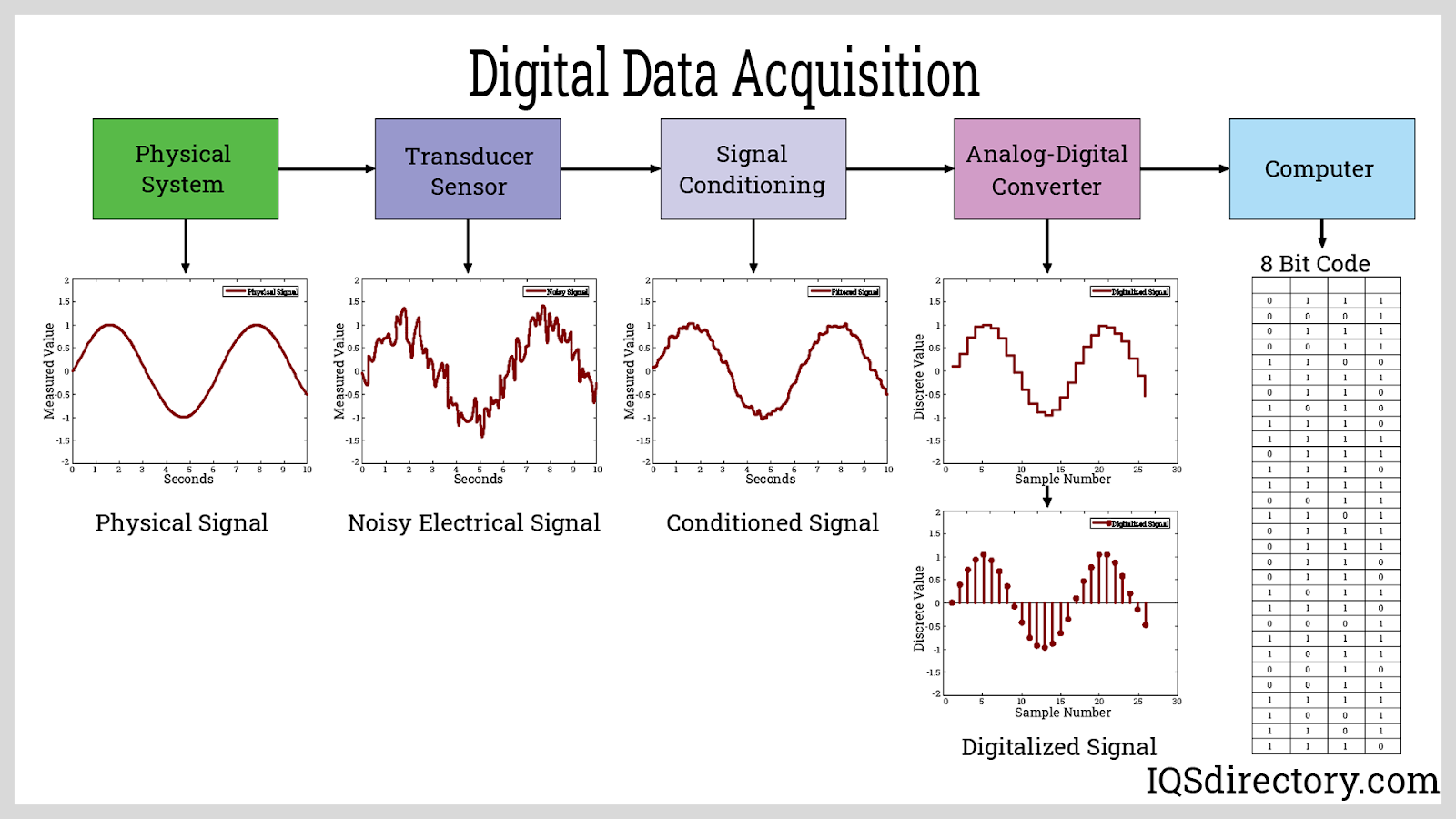Unlocking Insights: Revolutionizing Research with Advanced Data Acquisition Systems
Unlocking Insights: Revolutionizing Research with Advanced Data Acquisition Systems
Blog Article

In today's fast-paced world, the ability to gather and analyze data efficiently is more crucial than ever. Data Acquisition Systems play a vital role in this process, enabling researchers and organizations to collect, digitize, and interpret various forms of information seamlessly. As we delve deeper into the age of information, understanding these systems can unlock new insights that lead to groundbreaking discoveries and innovations across multiple fields.
The evolution of technology has driven significant advancements in Data Acquisition Systems, transforming them into powerful tools that can capture data from various sources with impressive accuracy and speed. This capability not only enhances research quality but also facilitates real-time monitoring and decision-making. By harnessing the potential of advanced data acquisition, researchers can explore uncharted territories and unravel complexities that were once deemed insurmountable.
Overview of Data Acquisition Systems
Data Acquisition Systems, often abbreviated as DAS, play a crucial role in the process of collecting and analyzing data from various sources. These systems are designed to gather information from sensors, instruments, and other equipment, converting it into a format that can be analyzed and interpreted. By integrating hardware and software components, Data Acquisition Systems enable researchers and engineers to monitor real-time conditions, perform experiments, and collect valuable data across a wide range of applications.
The components of a typical Data Acquisition System include sensors that detect changes in physical phenomena, analog-to-digital converters (ADCs) that digitize the analog signals from these sensors, and software that processes and presents the data. This setup allows users to measure variables such as temperature, pressure, voltage, and many other parameters with high precision. As technology advances, DAS has become increasingly sophisticated, featuring improvements in speed, accuracy, and data handling capabilities.
One of the key benefits of using Data Acquisition Systems is the ability to automate the data collection process, saving time and reducing the risk of human error. By centralizing data collection, researchers can focus on analysis and interpretation rather than spending excessive time on manual recording. Additionally, modern systems often incorporate network connectivity, enabling remote monitoring and control, which enhances flexibility and efficiency in research and industrial applications.
Key Benefits and Applications
Data Acquisition Systems offer numerous benefits that significantly enhance the efficiency and accuracy of research across various fields. Firstly, they enable real-time data collection, allowing researchers to monitor experiments and processes as they unfold. This immediacy ensures that critical decisions can be made swiftly, reducing the time lag between data gathering and analysis. Furthermore, these systems minimize human error associated with manual data entry, leading to more reliable results.
In terms of applications, Data Acquisition Systems are indispensable in industries such as environmental monitoring, where they collect data on air and water quality. This information is vital for assessing pollution levels and ensuring regulatory compliance. Additionally, in the field of engineering, these systems are used to test and analyze the performance of structures and materials under various conditions. The insights gained from these applications help in the design of safer, more efficient products and procedures.
Another significant application is in the medical field, where Data Acquisition Systems are employed to monitor patient vitals and conduct diagnostic testing. These systems facilitate the continuous tracking of health metrics, enhancing patient care and enabling timely interventions. With the integration of advanced technologies, such as IoT and machine learning, the potential of Data Acquisition Systems continues to expand, driving innovation and improving outcomes across numerous disciplines.
Future Trends in Data Acquisition
Data Acquisition System
The future of data acquisition systems is poised for significant advancements driven by emerging technologies. As the Internet of Things continues to proliferate, the integration of smart sensors will enhance real-time data collection across various industries. These sensors will not only capture higher volumes of data but will also improve accuracy and reliability, enabling better decision-making processes. Coupled with machine learning algorithms, organizations will be able to harness insights from the data more effectively, transforming raw information into actionable intelligence.
Another trend shaping the landscape of data acquisition is the increasing emphasis on data security and privacy. With the growing concern over data breaches and unauthorized access, future data acquisition systems are expected to incorporate advanced encryption techniques and robust security protocols. This focus on security will help ensure that sensitive data is protected while still allowing for efficient data collection and analysis. As regulations around data protection become more stringent, organizations will be compelled to prioritize secure data acquisition practices.
Lastly, the move towards cloud-based data acquisition systems is gaining momentum. Cloud technology offers scalability, flexibility, and cost-effectiveness, allowing organizations to manage large datasets more efficiently. As bandwidth and connectivity improve, real-time data acquisition from remote locations will become commonplace, further enabling dynamic analytics and business intelligence. This shift will not only revolutionize how data is collected and stored but also how organizations leverage that data for strategic advantage, paving the way for innovations across fields.
Report this page